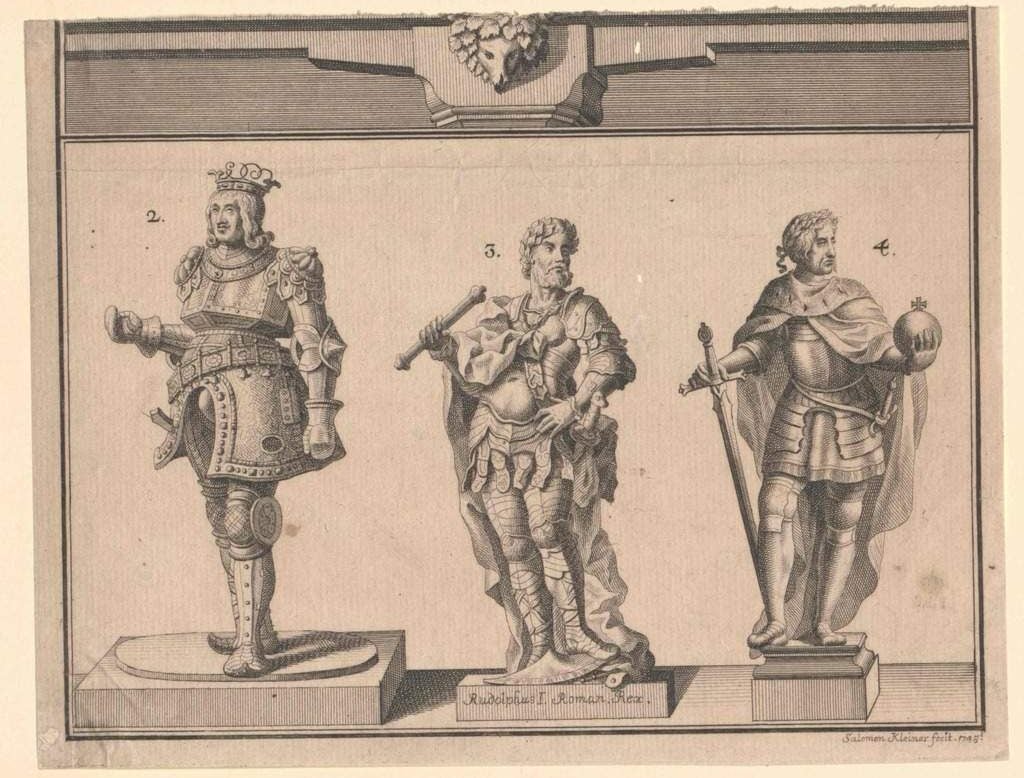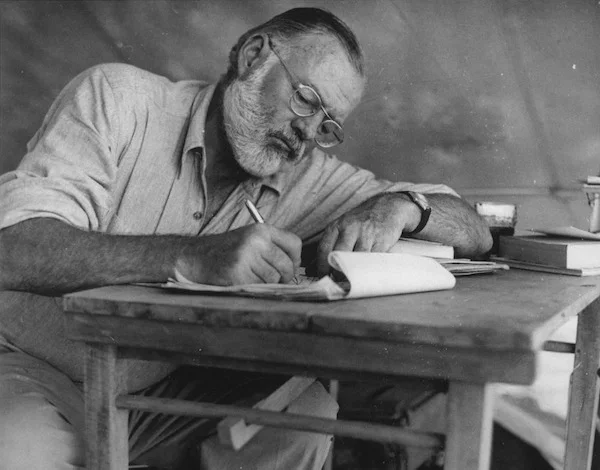
A history of the Habsburg family – one of Europe’s great dynasties – reveals the machinations required to keep a family on top
The first of the Habsburgs who can be identified was Kanzelin, a count in the Swiss Aargau, who died circa 990, while the last to wield power as a crowned ruler was Emperor Karl, who was ushered out of Vienna’s Schönbrunn Palace in November 1918 by another Karl, Austrian socialist leader Karl Renner, with the words: ‘Herr Habsburg, the taxi is waiting.’
Initially their income derived from tolls levied at bridge crossings and fines and confiscations imposed as punishments for theft and violence. From this they acquired a patchwork of landholdings. Martyn Rady, a sure guide to this extraordinary dynasty, argues that their success over time owed much to ‘genealogical endurance’ and what he calls ‘the Fortinbras effect’. You may remember that Prince of Fortinbras of Norway turns up at the end of Hamlet to claim the vacant throne of Denmark, a claim based on ‘some rights of memory’.
The Habsburgs intermarried with other noble families and when these other families had died out in the male line, they swept up the leavings. ‘Generation after generation, they produce heirs; if sons were missing, then cousins and nephews were always at hand,’ Rady explains. ‘With longevity came the opportunity to take the wealth of the less enduring families into which they had married.’
Thus, Count Rudolf of Habsburg (lived 1218-91), whose mother was a Kiburg, took the large part of the Kiburg patrimony when their male line expired. As the most powerful family in the duchy of Swabia, they set their sights on the Holy Roman Empire. Rudolf captured lands in Austria and became king of Bohemia, but the title of emperor eluded him. The Habsburgs then went into a temporary decline.
A bold stroke was required and it was this: they decided ‘to jettison their Swabian past and became instead Austrians and Romans’. It was another Rudolf of Habsburg (1339-65) who restored the family’s fortunes ‘with an energy, pace, and imagination that belied his youth and confounded his rivals’.
And the key to his success was forgery. Under his direction, scholars cooked up a couple of bogus charters, the ‘Pseudo-Henry’ and the ‘Greater Privilege’, which purported to demonstrate Austrian exceptionalism by establishing spurious links to Julius Caesar and Nero and to make the Duke of Austria a palatine archduke, with duchy heritable by son or daughter. Although, again, the imperial crown proved elusive, ‘by giving the Habsburgs a historical consciousness and set of beliefs about themselves, Rudolf made them more than just a group of blood relatives’.
Unlike other aristocratic families, the Habsburgs operated a system of collective inheritance. King Sigismund of Bohemia and Hungary, who had no heirs, nominated Duke Albert of Habsburg (lived 1397-1439) as his successor, and Albert became the first Habsburg to be elected as Holy Roman Emperor in 1438.
When he died 18 months later, he was succeeded by the most senior Habsburg, Frederick III, who ‘looked like a ruler’, Rady tells us, ‘having inherited the physique of his mother, the Polish Cymburga, who was renowned both for her beauty and for her ability to drive nails into oak planks with her bare fists’. Frederick eventually went to seed, becoming diabetic and dying in his seventies as a result of either an amputation of a gangrenous foot or a surfeit of melons.
Nonetheless, Frederick was an active ruler, developing an Austria that was not merely an archducal land ‘but a learned construction that brought together the themes of empire, mission, inheritance, and destiny’.
Frederick swept up the lands of Charles, Duke of Burgundy, who died without a male heir – Burgundy being part of the empire – and married his son Maximilian to Charles’s daughter, Mary, ‘thus making the Burgundian lands Habsburg family possessions’. This included the Low Countries. Maximilian (1439-1519) took exceptionalism even further, claiming to be descended from Noah and cultivating ‘a vision of world domination’.
He undertook 17 military campaigns, although he had trouble paying for them, and pursued a highstakes marriage policy, marrying of his son and daughter to the Spanish royal line and two of his grandchildren into the Hungarian royal line.
These were high-stakes unions because if Prince Juan had produced a male heir, part of Maximilian’s lands would have passed to Spain. But Juan died first, ‘so worn out, we are told, by the sexual demands of his bride that his fate became an advertisement for self-restraint’. Meanwhile, Maximilian’s son, Philip, had six children by Princess Juana before his premature death from sunstroke.
With Maximilian’s calculated wagers, the Habsburgs became what Rady calls ‘the first global enterprise’, for it was during the reign (1519-56) of Emperor Charles V that Spain acquired its territories in the New World. Nonetheless, Charles was permanently in hock to German bankers and upon his death the Spanish part of the Habsburg lands passed to his son, Philip II of Spain, while the Central European part passed to his brother Ferdinand. In the centuries that followed, the Habsburgs fought heretics and the Ottomans, negotiated the first global peace treaty, energised the transatlantic slave trade, championed opera as well as science, married into the French royal line (though that did not turn out well for Marie Antoinette), and were guided by Metternich into becoming ‘the main arbiter of Europe’ after the fall of Napoleon, as well as ‘a bastion against revolutionary disorder’ for almost 40 years.
There was the occasional vainglorious flourish: Emperor Maximilian of Mexico was installed with French support then abandoned, defeated by republicans, and shot by firing squad in 1867. At the same time began a gradual descent into irrelevance, with the Austro-Hungarian Empire becoming an effective satellite of Prussian-led Germany. Rady is a lucid explainer of historical complexity and a master of the witty aside.
The lasting legacy of the Habsburg dynasty, he says, is essentially a cultural one, the result of a ‘civilising mission within or beyond the territorial limits of its power’ and an elevation of purpose above crude nationalism.
The Habsburgs: The Rise and Fall of a World Power by Martyn Rady is published by Penguin
Image: https://europeana.eu/
This piece first appeared in issue 74 of Spear’s, available now. Click here to buy a copy and subscribe
Read more
This is a time for reflection, not ‘revenge spending’
What are the challenges of an increasing human lifespan? These experts explain
An elemental wine and spiritual restorative







